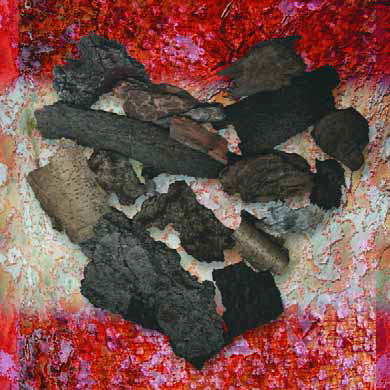visual interest
We all know that plants are beautiful in daylight. Perhaps less well known is the vast visual potential they posses when carefully and thoughtfully lit at night. It's no small challenge. Indeed, maximizing the beauty of most any landscape while also ensuring that your lighting design works well throughout the lifetime of the landscape requires a keen understanding of both plant materials and the lighting techniques that will bring them to life when the sun goes down. Furthermore, surrounding watershapes with well-lit spaces and foliage will add a distinctive aesthetic dimension to the overall design. To my mind, there's no substitute for paying attention to every plant in the plan, because overlooking any of them or ignoring the role each has to play in the overall landscape will almost invariably detract from the effectiveness of the lighting design. You can't overlook technology, either, or the need to sort through the variety of techniques that can be used to light plants while keeping an eye on a wide range of practical, aesthetic and creative issues. When you encompass all of this successfully, the results will often














